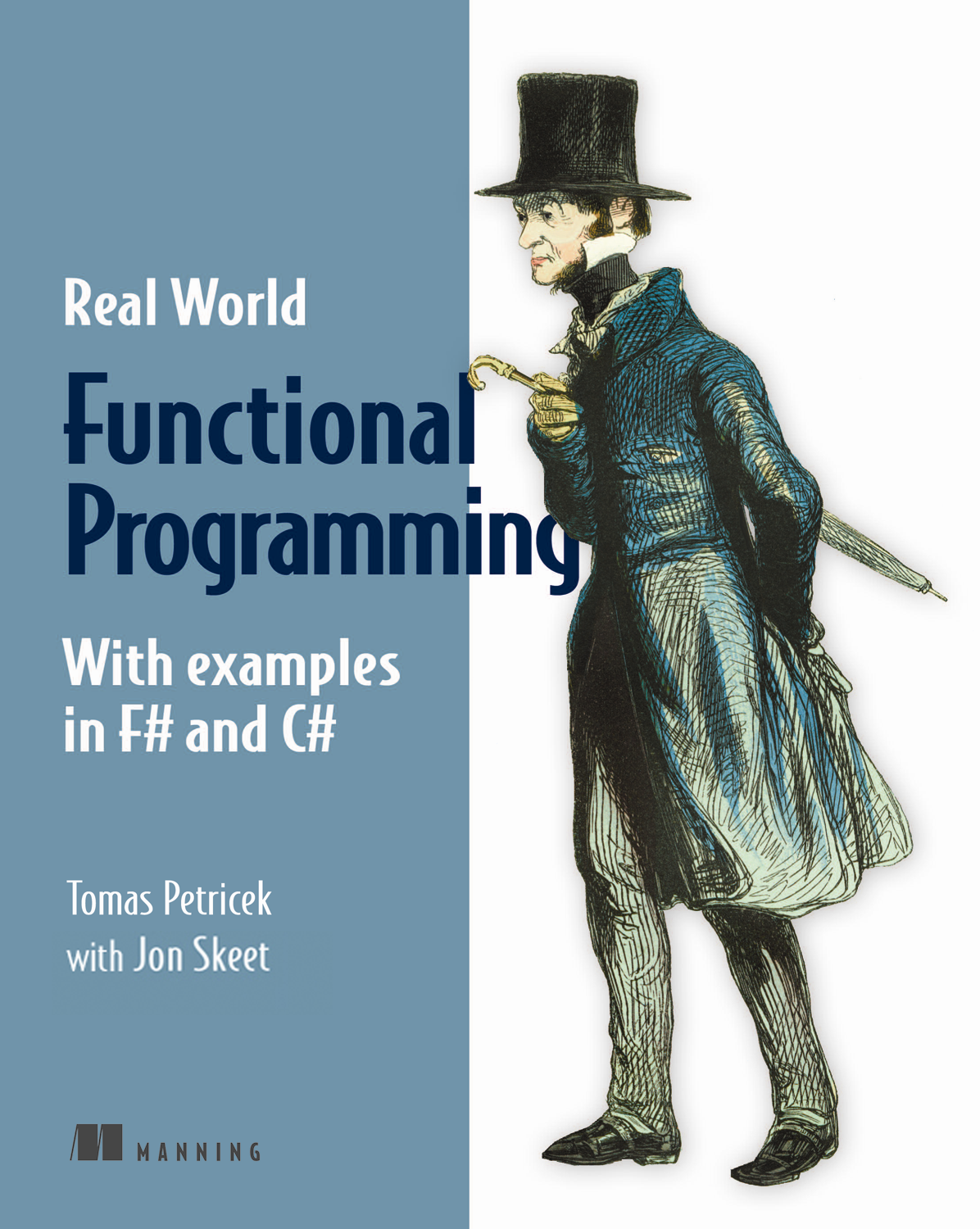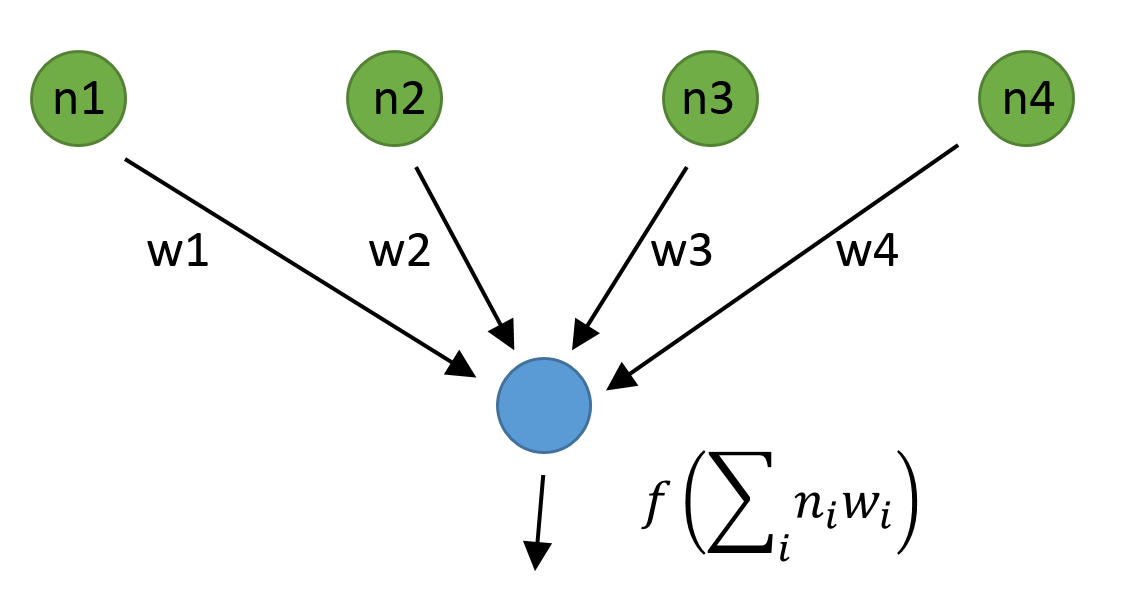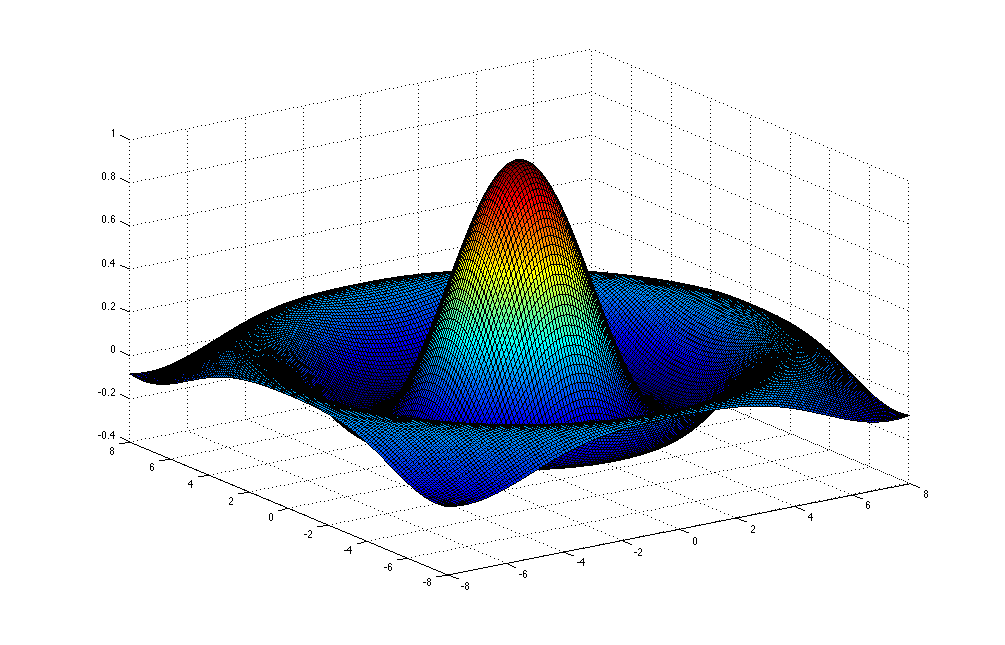Machine Learning
with Functional Programming and F#

Evelina Gabasova (@evelgab)
Tomas Petricek (@tomaspetricek)
About us


Evelina Gabasova
- Bioinformatics at Cambridge University
- F# and Machine Learning speaker
Tomas Petricek
- Trainings and consulting at fsharpWorks
- Functional languages research
- F# language and OSS contributor
The F# Software Foundation

www.fsharp.org
The mission of the non-profit F# Software Foundation is to promote, protect, and advance the F# programming language.
- Independent registered non-profit
- Open-source community & contributors
- Microsoft, Xamarin, Tachyus, Jet.com,...
F# for Machine Learning
"F# empowers users to tackle complex computing problems with simple, maintainable and robust code."
What this really means
- Can implement complex ML algorithms
- Code is easy to understand
- We can integrate it with .NET
PART 1
Recognizing languages
using letter pair frequency
The plan
- Get sample text from from Wikipedia pages (done)
- Calculate features frequencies of letter pairs
- Compare languages using their features
- Classify language find the most similar one
STEP 1
Calculating frequencies
Example using sample English text "the three"
|
|
|
STEP 1
Calculating frequencies
Now calculate probabilities of the pairs
|
|
|
STEP 2
Calculating distance between features
th |
e_ |
ee |
el |
|
English |
0.3 |
0.2 |
0.2 |
0.1 |
Portuguese |
0.0 |
0.2 |
0.1 |
0.3 |
Distance is the sum of squares of differences.
STEP 2
Calculating distance between features
th |
e_ |
ee |
el |
|
English |
0.3 |
0.2 |
0.2 |
0.1 |
Portuguese |
0.0 |
0.2 |
0.1 |
0.3 |
Difference |
0.3 |
0.0 |
0.1 |
-0.2 |
Sum of squares: \(0.09+0.0+0.01+0.04 = 0.14\)
STEP 3
Classifying unknown text
Portuguese |
Spanish |
English |
Czech |
|
Unknown text |
0.10 |
0.14 |
0.25 |
0.27 |
PART 1
github.com/tpetricek/QCon.Languages
PART 2
Recognizing languages
using simple neural net
How neural networks work

Network with single neuron

Learning the weights
- Initial weights can be generated randomly
- Improve weights using gradient descent
- Repeat recursively until certain error or number of steps
Improving using gradient descent

Gradient descent in more dimensions

Conclusions
Learning more
Learning more about F#
More talks at QCon Rio
- 10 Ways of Getting Started with F#, Thursday, 12:05
- Data science the functional way, Friday, 16:45
Web sites to check out
- The F# Foundation www.fsharp.org
- FsLab Package www.fslab.org
Thank you!
Evelina Gabasova - @evelgab
Tomas Petricek - @tomaspetricek
Personal: evelinag.com
| tomasp.net
Work: fsharpworks.com
| functional-programming.net